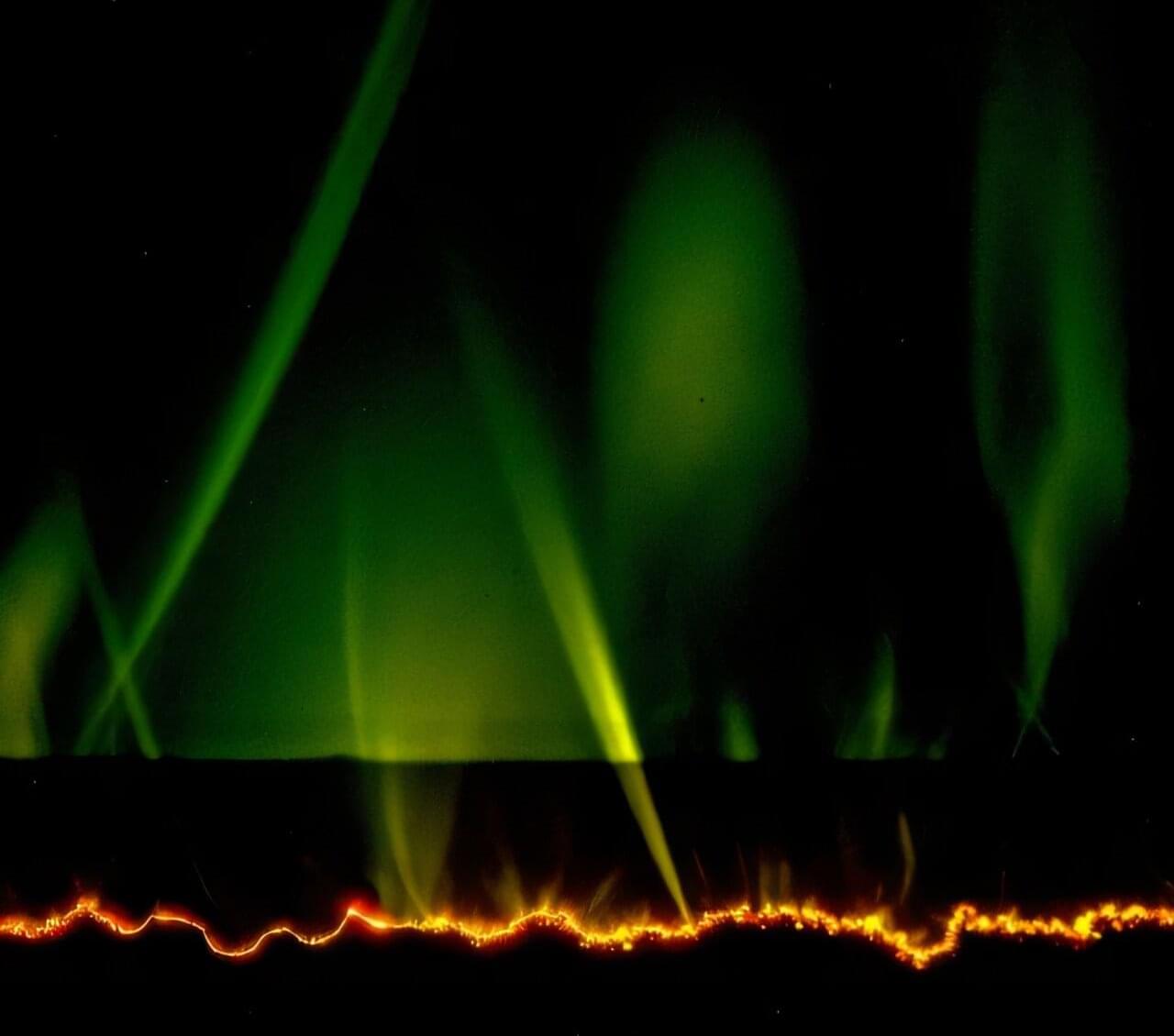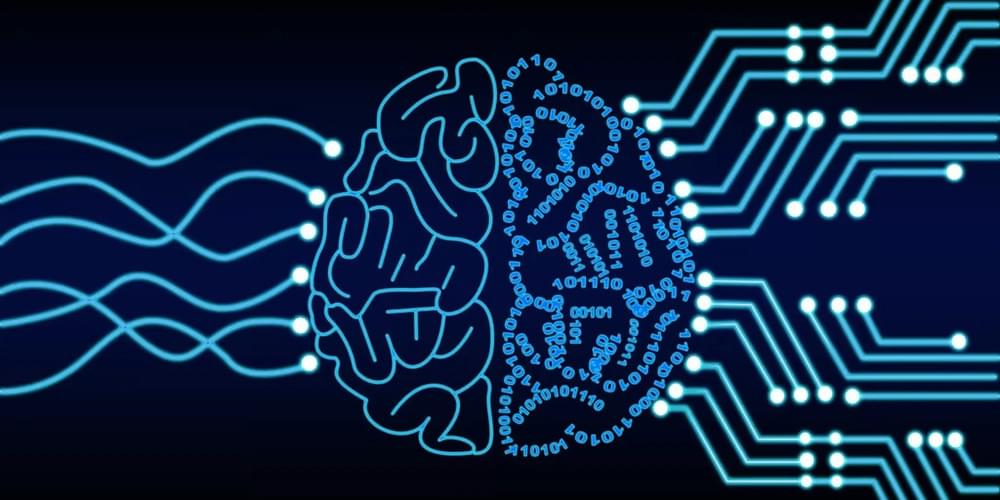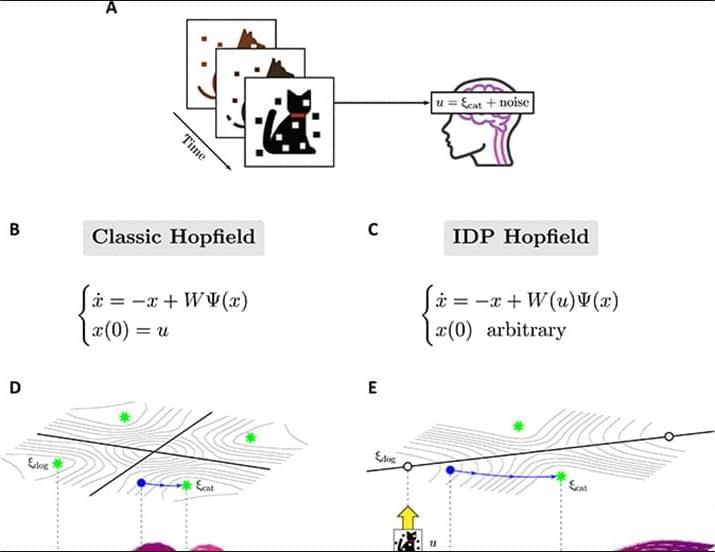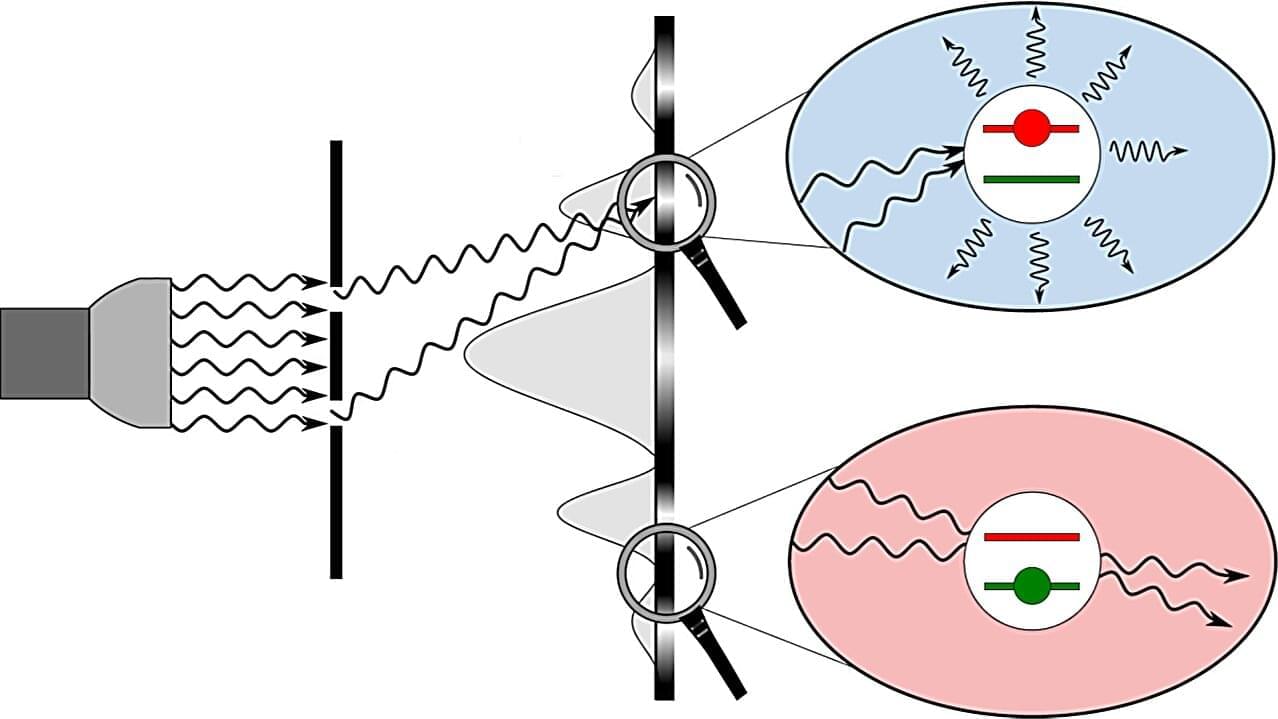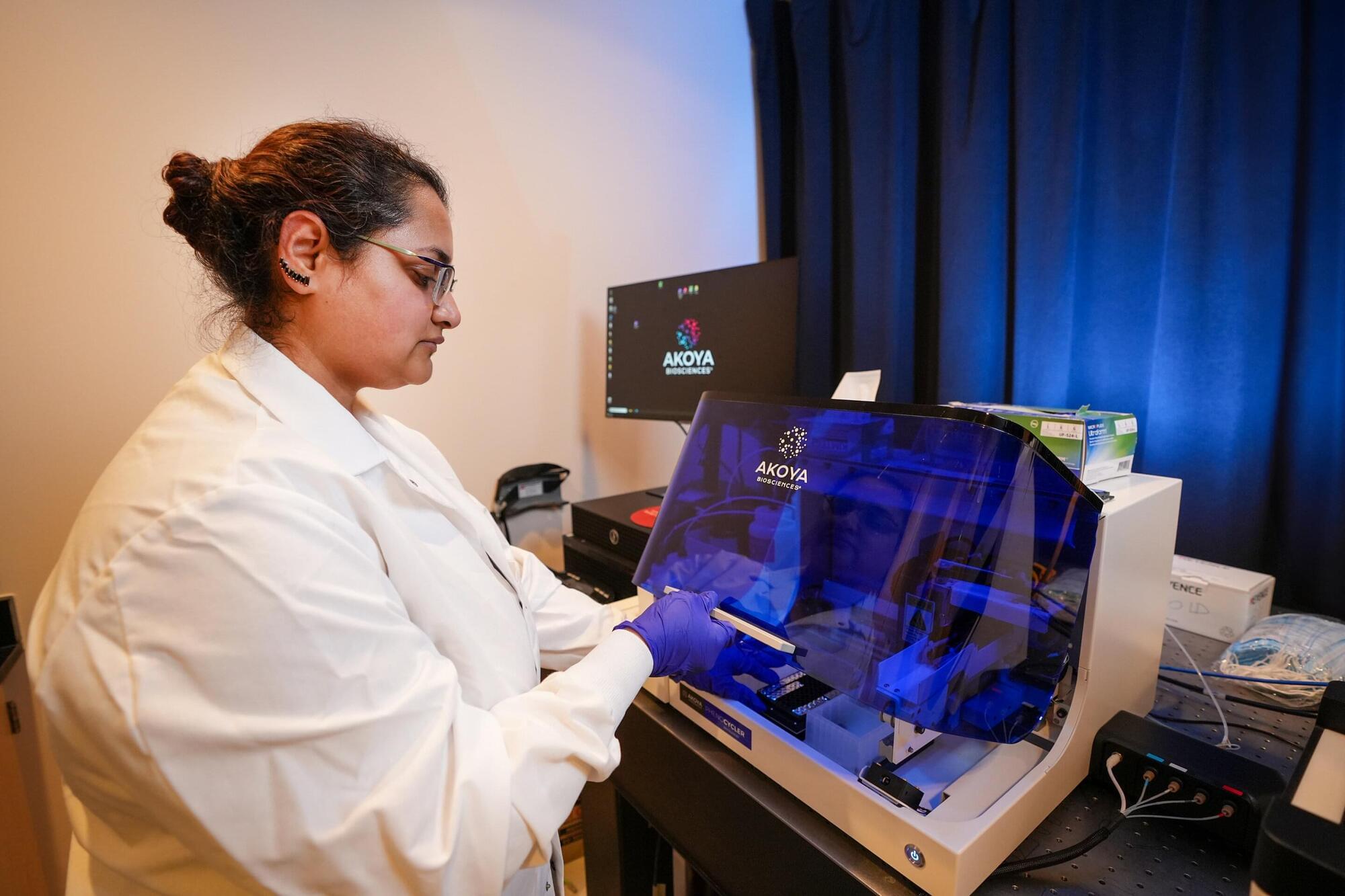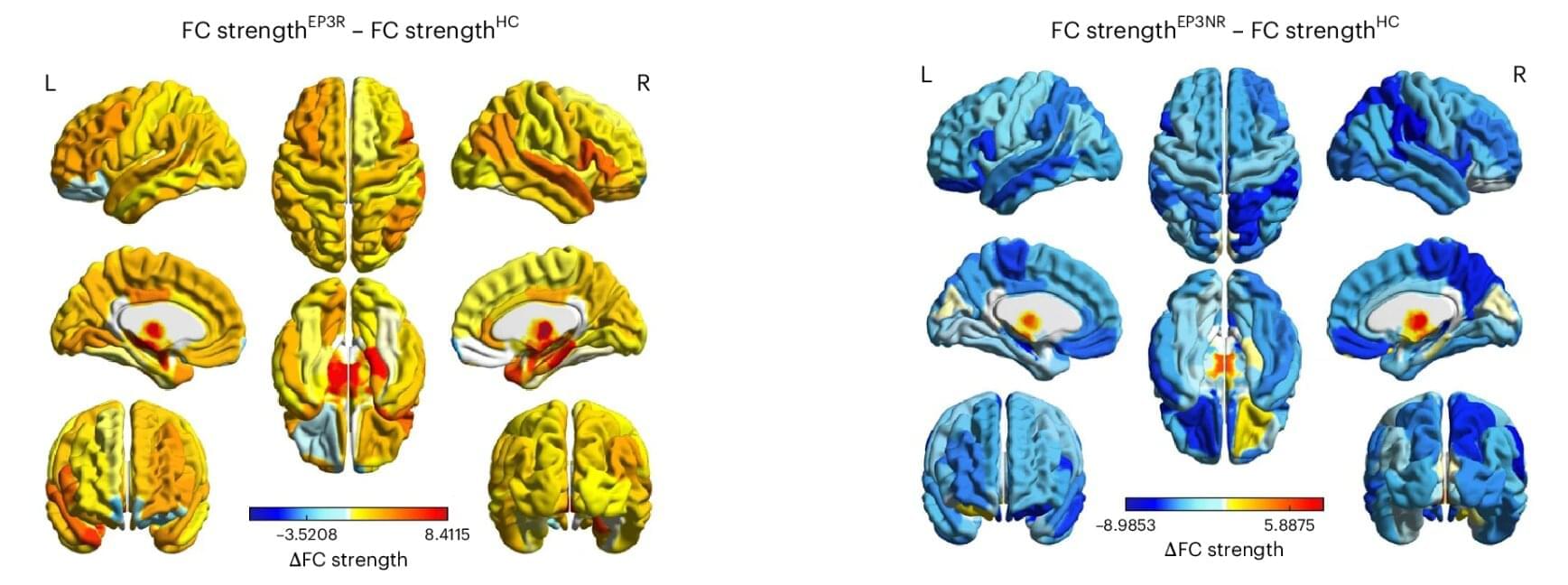The willingness of the 4f orbitals of lanthanide metals to participate in chemical reactions is as rare as their presence in Earth’s crust. A recent study, however, witnessed the 4f orbital in a cerium-based compound actively participate in bond formation, triggering a unique chemical reaction.
The researchers observed that a cerium-containing cyclic complex formed a 4f-covalent interaction, leading to a ring-opening isomerization from cyclopropene to allene. The findings are published in Nature Chemistry.
Lanthanides are heavy, rare-earth metallic elements, occupying positions 57 through 71 in the periodic table —from lanthanum to lutetium—and are widely used in modern technologies ranging from electronics to clean energy. In nature, these elements are usually found together in their ore form and separating them using current methods is extremely challenging and energy-intensive. Understanding how these elements bond or interact with other atoms at an electronic level could help us to distinguish between lanthanides and design effective separation strategies.

